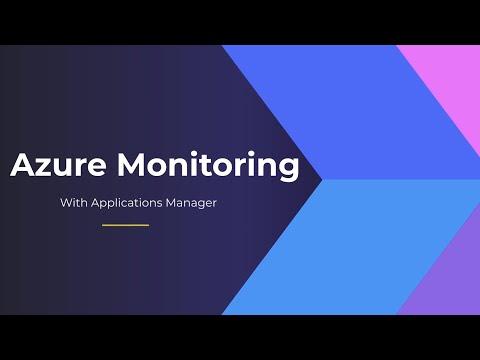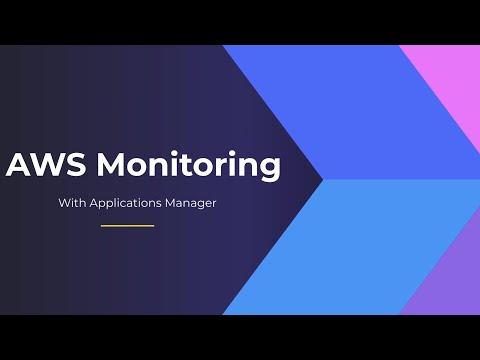Hybrid and remote work models are a reality in the present and future of work, despite efforts to return employees to the office. With 74% of US companies planning to or having already implemented hybrid work policies, identifying and implementing a unified communication as a service (UCaaS) solution that will address both employee and organizational needs is non-negotiable in the future of work, according to Info-Tech Research Group's latest research, Assess Your Readiness to Implement UcaaS.
"Given the reality of the new ways people work, there's a genuine need for a UCaaS solution," says John Donovan, Principal Research Director in the I&O Practice at Info-Tech Research Group. "Aside from remaining agile when accommodating different work locations, it's advantageous to be able to quickly scale. New technology is moving at such a rapid pace that using a UCaaS tool is truly beneficial, especially given its AI, analytics, and mobile capabilities. Being held back by an on-premises solution is no longer a wise option."

There are numerous organizational benefits to UCaaS, as indicated above, but Info-Tech Research Group's research pinpoints five key reasons for migration to a UCaaS solution:
1. Advanced technology
Cloud hosting and advanced technology provides the ability to deploy advanced communications technology quickly and offers a faster, easier communication flow across teams and with customers with phone, messaging, audio, and video conferencing available in one place.
2. Scalability
Since UCaaS is an on-demand service, companies can scale their communication needs to what is immediately required at an affordable price.
3. Cost efficient
With the implementation of UCaaS, the need for multiple platforms and devices is eliminated, allowing companies to purchase a single communication management tool in place of several.
4. Highly available
As the need for a robust UCaaS tool grows, an increasing number of reputable vendors are offering customizable solutions to meet both organizational and employee needs.
5. Security
UCaaS offers robust security, with a single point of contact for troubleshooting, built-in redundancy for improved reliability, enhanced data security, and reduced risk of fraud.
As remote and hybrid work present additional challenges for IT management, UCaaS offers a host of benefits that make the IT function run more efficiently overall. Some of these benefits include eliminating ongoing maintenance as well as a decreased need for upgrades and patching and managing servers or private branch exchanges (PBXs). UCaaS is easy to deploy, and due to its scalability and flexibility, users can easily be added or removed as required.
"The days of on-premises private branch exchange (PBX) and legacy voice over internet protocol (VoIP) solutions are numbered, and organizations are examining alternative solutions to redundant desk phones. The new norm must be a cloud-based solution that integrates via application programming interface (API) with content resource management (CRM), email, chat, and collaboration tools," explains Donovan.
The Latest
Broad proliferation of cloud infrastructure combined with continued support for remote workers is driving increased complexity and visibility challenges for network operations teams, according to new research conducted by Dimensional Research and sponsored by Broadcom ...
New research from ServiceNow and ThoughtLab reveals that less than 30% of banks feel their transformation efforts are meeting evolving customer digital needs. Additionally, 52% say they must revamp their strategy to counter competition from outside the sector. Adapting to these challenges isn't just about staying competitive — it's about staying in business ...
Leaders in the financial services sector are bullish on AI, with 95% of business and IT decision makers saying that AI is a top C-Suite priority, and 96% of respondents believing it provides their business a competitive advantage, according to Riverbed's Global AI and Digital Experience Survey ...
SLOs have long been a staple for DevOps teams to monitor the health of their applications and infrastructure ... Now, as digital trends have shifted, more and more teams are looking to adapt this model for the mobile environment. This, however, is not without its challenges ...
Modernizing IT infrastructure has become essential for organizations striving to remain competitive. This modernization extends beyond merely upgrading hardware or software; it involves strategically leveraging new technologies like AI and cloud computing to enhance operational efficiency, increase data accessibility, and improve the end-user experience ...
AI sure grew fast in popularity, but are AI apps any good? ... If companies are going to keep integrating AI applications into their tech stack at the rate they are, then they need to be aware of AI's limitations. More importantly, they need to evolve their testing regiment ...
If you were lucky, you found out about the massive CrowdStrike/Microsoft outage last July by reading about it over coffee. Those less fortunate were awoken hours earlier by frantic calls from work ... Whether you were directly affected or not, there's an important lesson: all organizations should be conducting in-depth reviews of testing and change management ...
In MEAN TIME TO INSIGHT Episode 11, Shamus McGillicuddy, VP of Research, Network Infrastructure and Operations, at EMA discusses Secure Access Service Edge (SASE) ...
On average, only 48% of digital initiatives enterprise-wide meet or exceed their business outcome targets according to Gartner's annual global survey of CIOs and technology executives ...
Artificial intelligence (AI) is rapidly reshaping industries around the world. From optimizing business processes to unlocking new levels of innovation, AI is a critical driver of success for modern enterprises. As a result, business leaders — from DevOps engineers to CTOs — are under pressure to incorporate AI into their workflows to stay competitive. But the question isn't whether AI should be adopted — it's how ...






